In this entry I will not be discussing the dig’s progress, as I’m sure everyone else will. I will instead offer my observations of a country of which I had absolutely no preconceptions of, and hopefully impart some knowledge along the way.
Here are some basic things I have noticed about Cyprus that I was either not expecting, or are just plain interesting.
1. Cyprus has mountains.
More than this, it has a ski resort.
Which brings me to my next point:
2. Cyprus road rules are defined by the size of your car.
There are no clearly marked lines anywhere. Which is just as well, because people would ignore them. Well that’s not entirely true, there do exist traffic lights in some built up areas, but generally its best to have good reflexes and pay attention on the roads if you are in one of the smaller cars.
3. There are no sharks in the Mediterranean.
Actually there are no fish either. We saw a turtle though. This makes for some great snorkeling, especially with the crystal clear water and abundance of underwater sights ranging from sea caves to ancient shipwrecks. The weather is always good too, and there is usually little in the way of big swell.
4. Stray cats are everywhere.
Pretty self-explanatory. EVERYWHERE.
5. Drinks are cheap.
So is food. You can get a good English breakfast anywhere for as little as €2. Drinks range from the €2-€5 mark, depending on your preferences.
It is as long and complicated as the archaeology it left behind. Currently split in two, the island has had many different civilizations occupy it, too many to count. Touching on the subject of archaeology, the excavations are amazing. There is plenty to see and not too much disappointment for history buffs.
Especially in Paphos. The sun sets over the ocean, but also over endless backdrops of ancient sites or spectacular views.
The island really is a beautiful place. In parts it looks desolate and dry, but drive less than an hour in any direction and you could end up on the coast or in the lush green mountains. The weather is good, the history is rich, and the people are friendly. Definitely a recommendation of mine for a travel destination, be the reasons culture or pleasure.
To end, I have included some photos which I have taken in my time here, including a patchwork panorama shot I took to try and convey the mountain bends in photo (using my iphone, all I had on me at the time).
Enjoy!
Harry P.
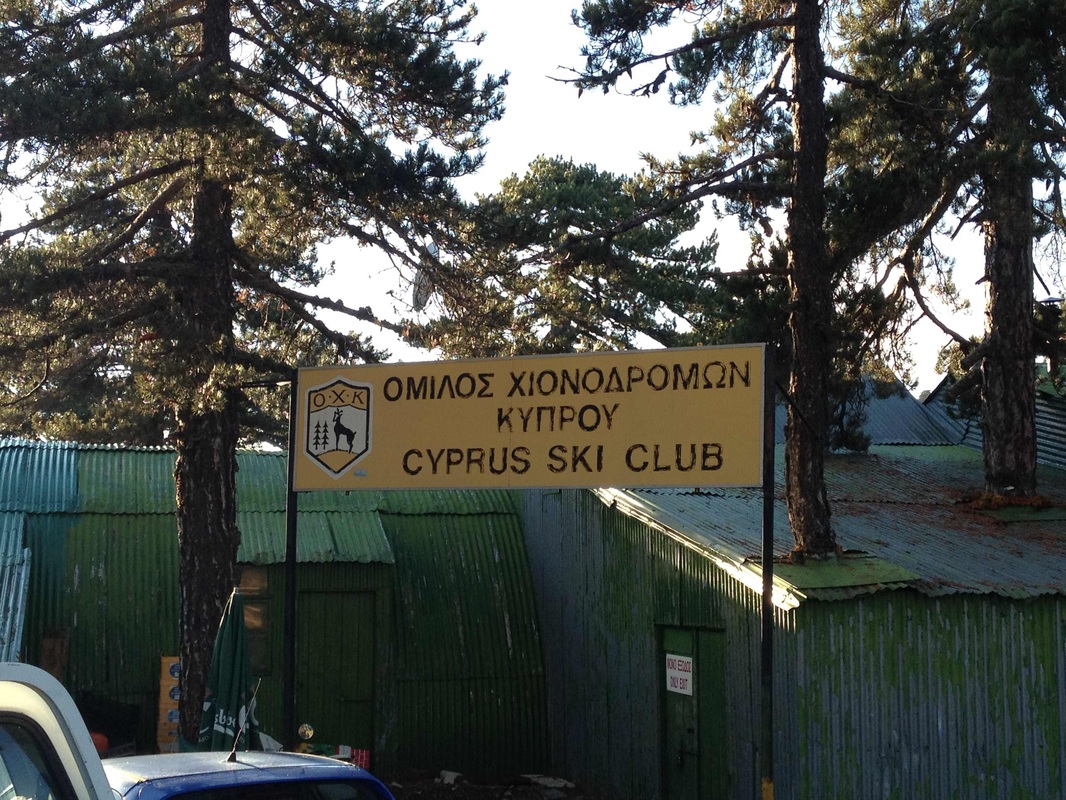
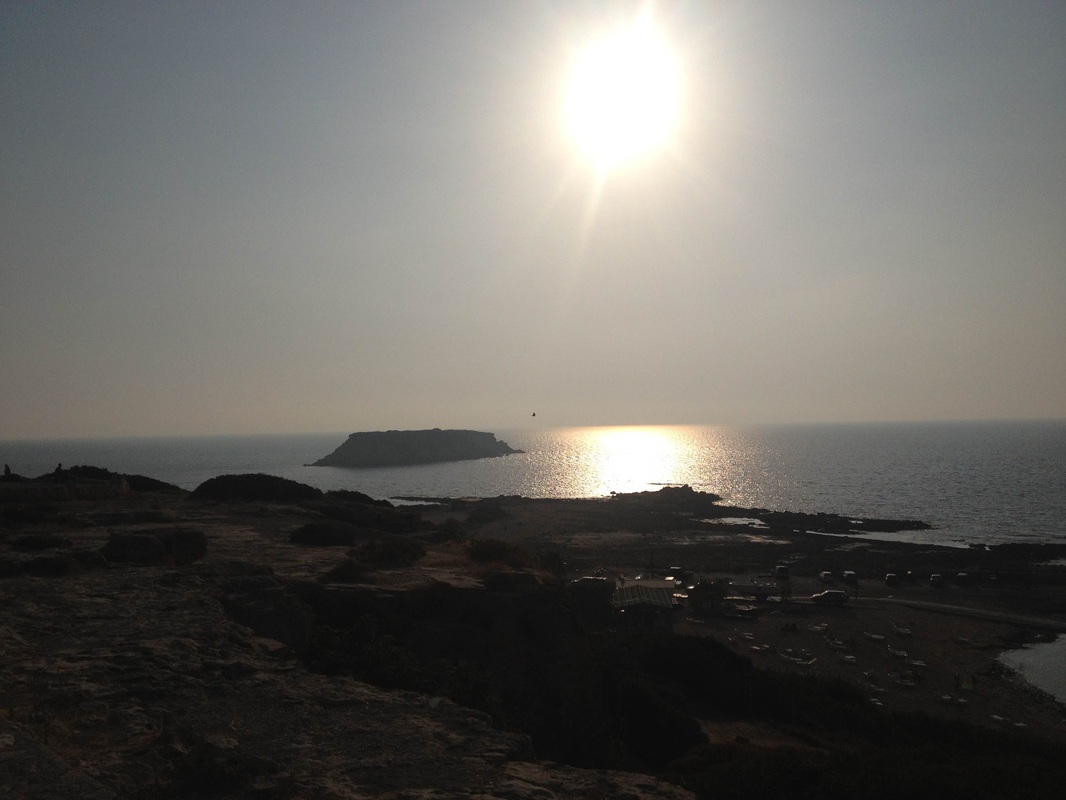
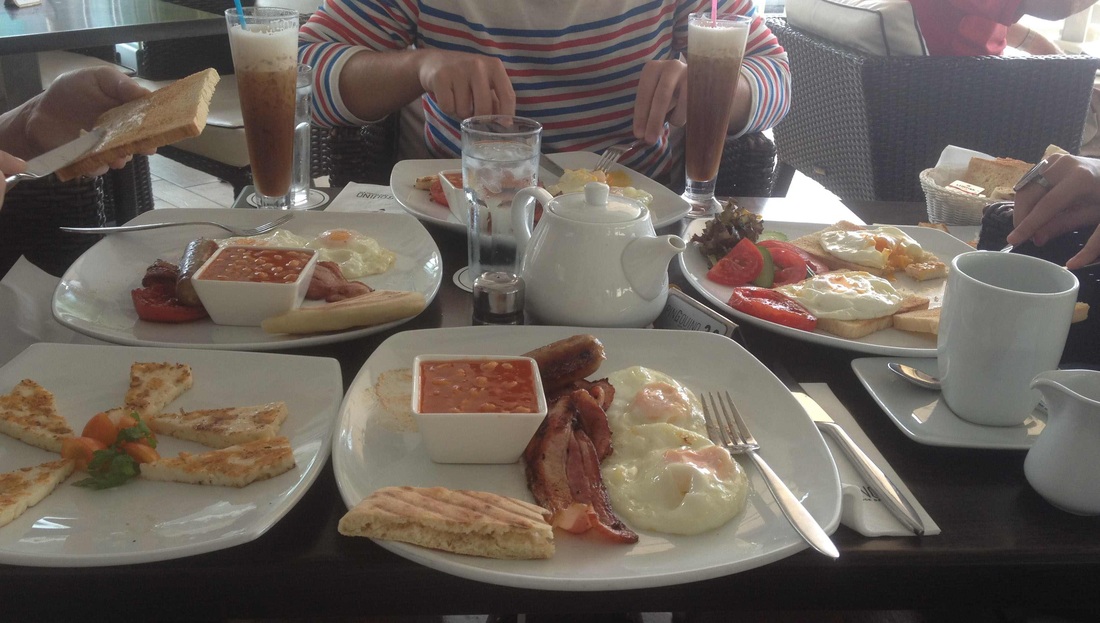
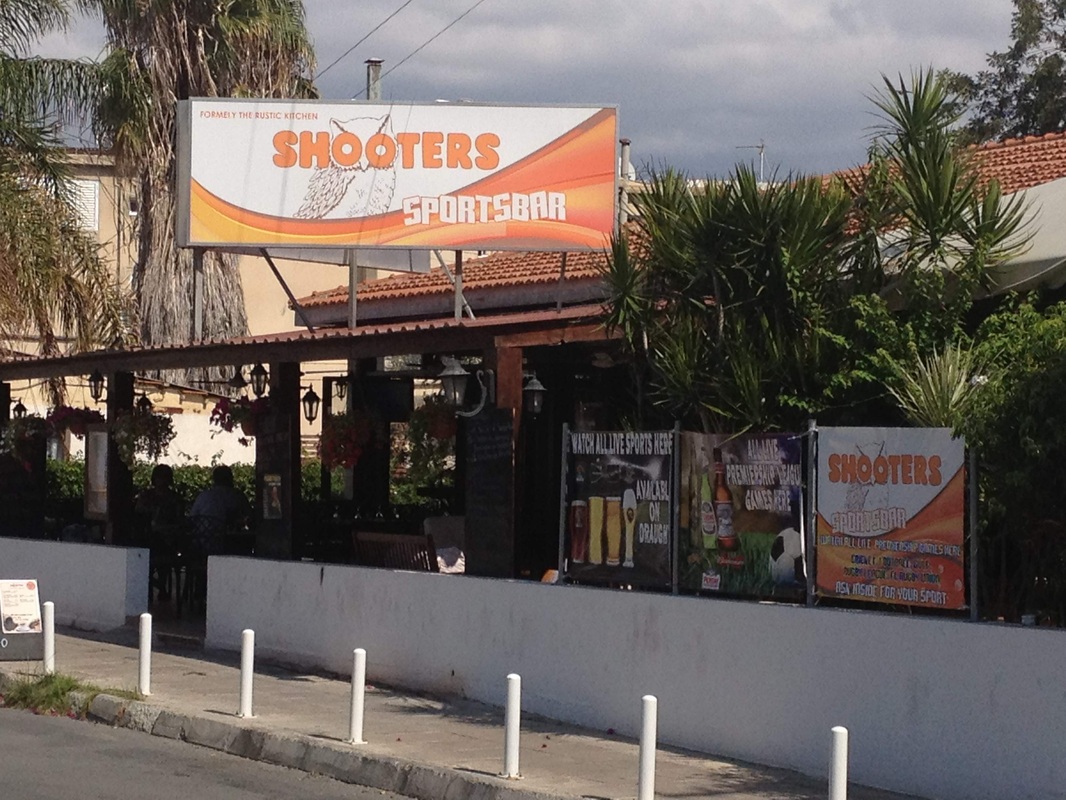
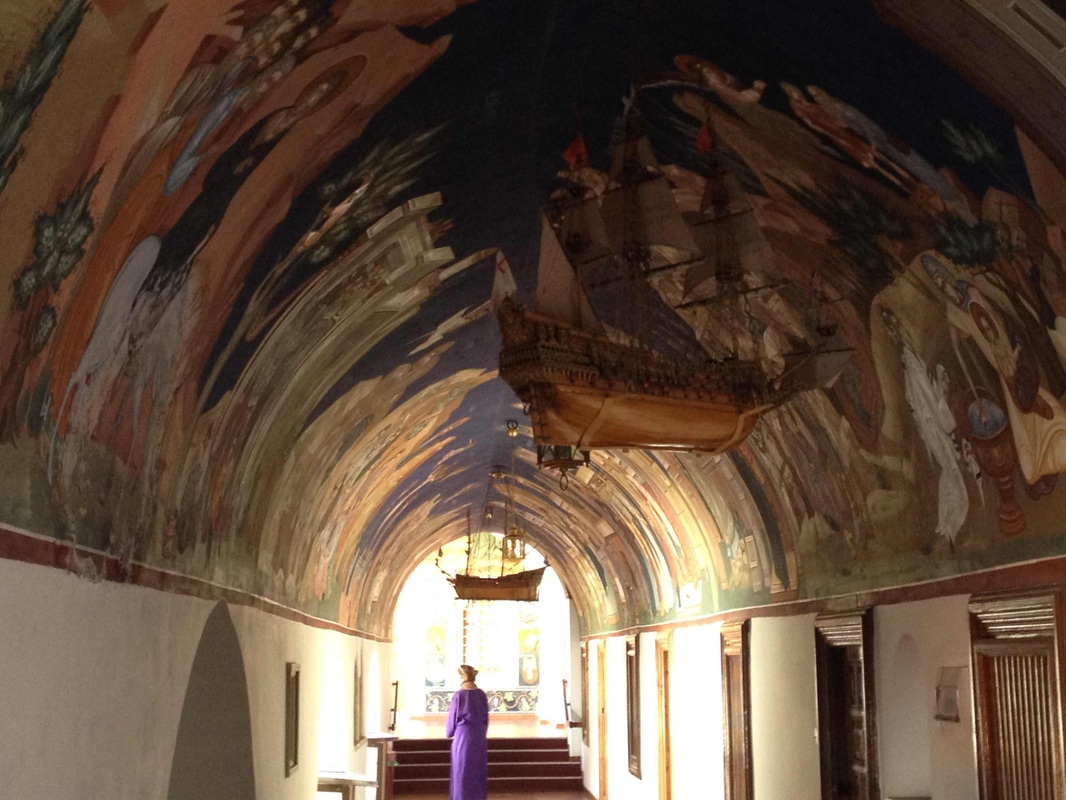
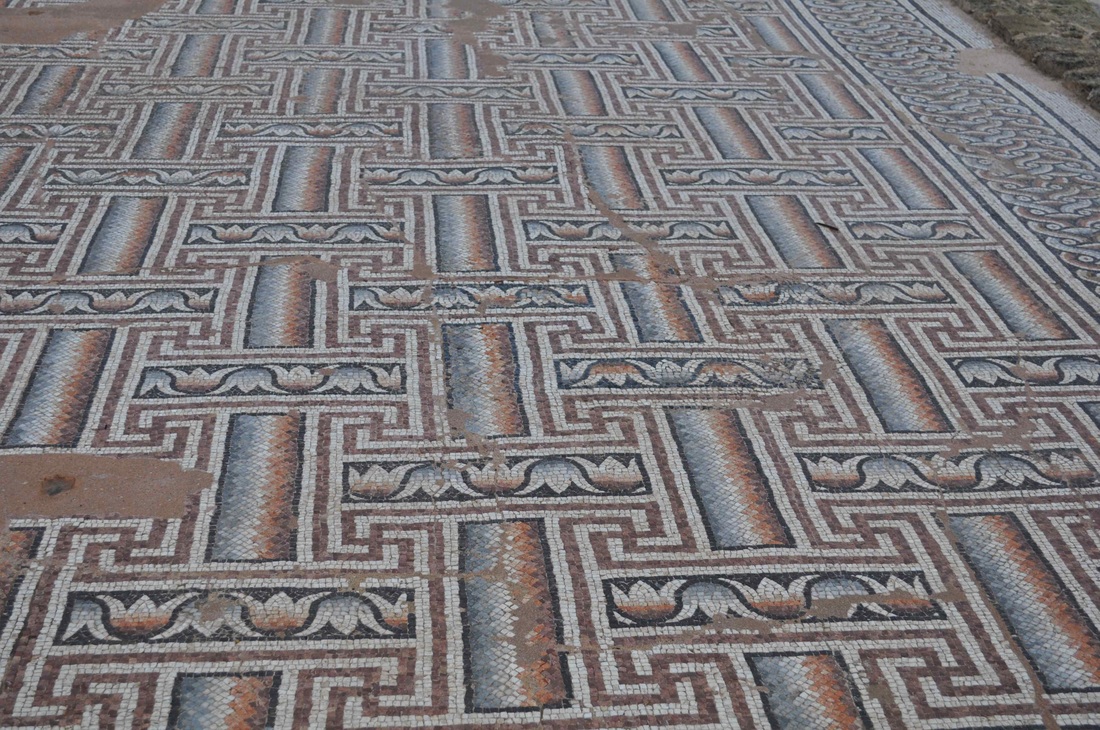
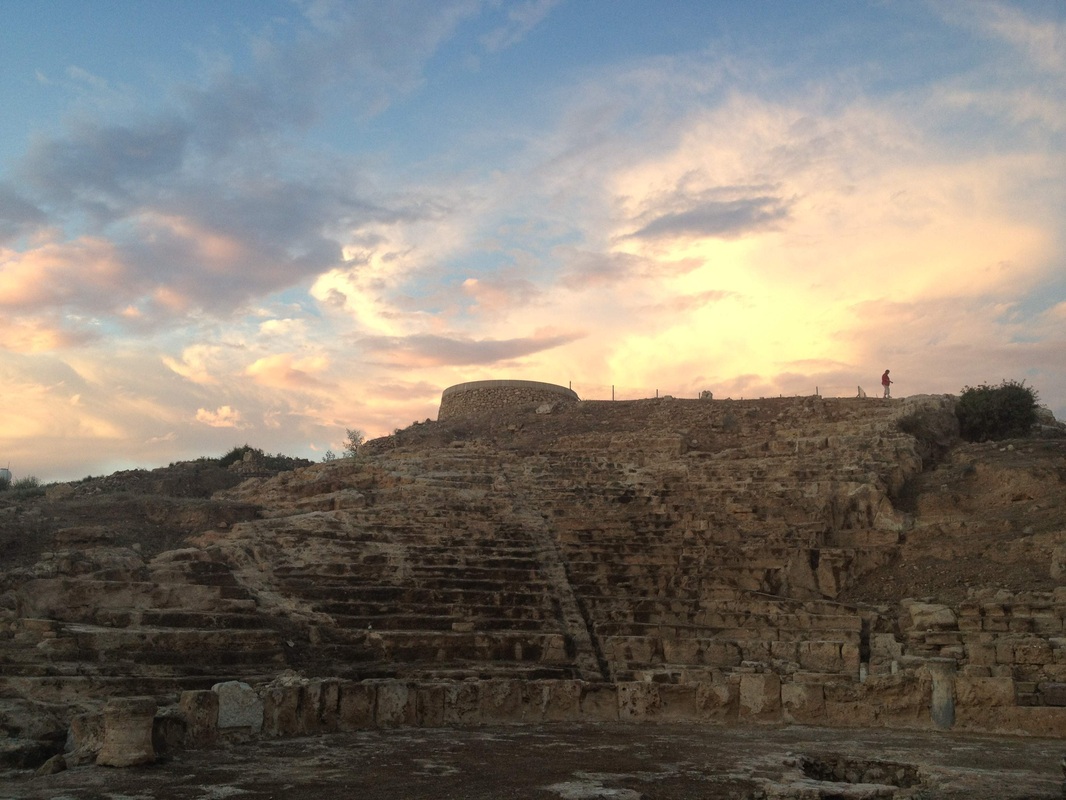
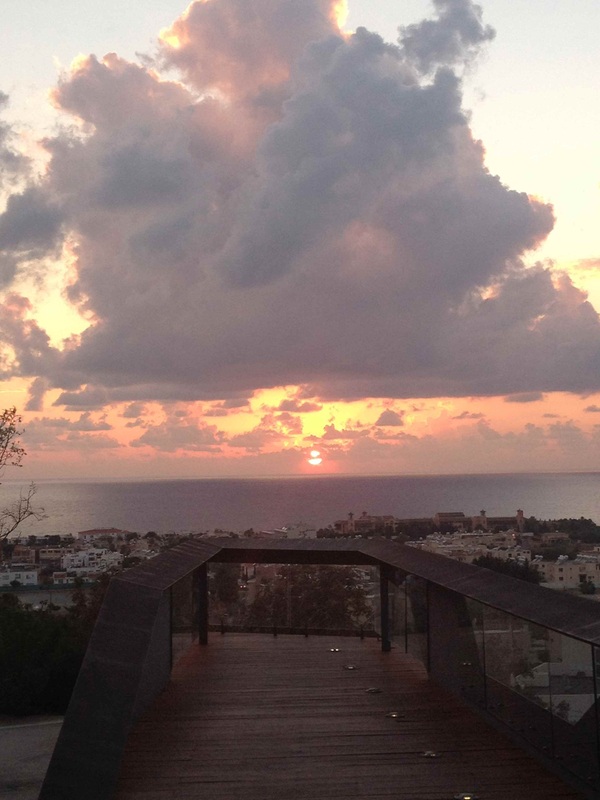
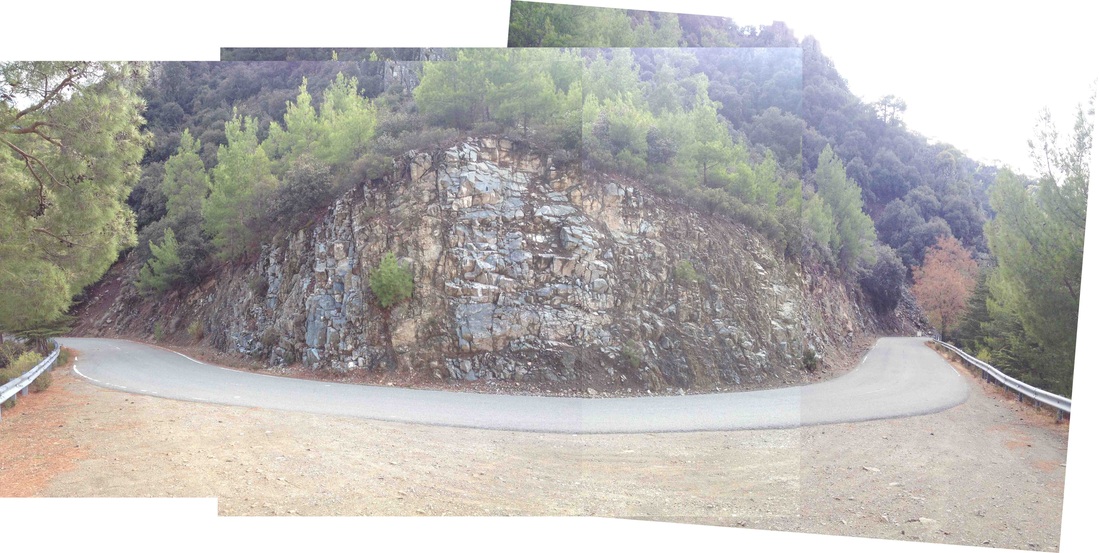
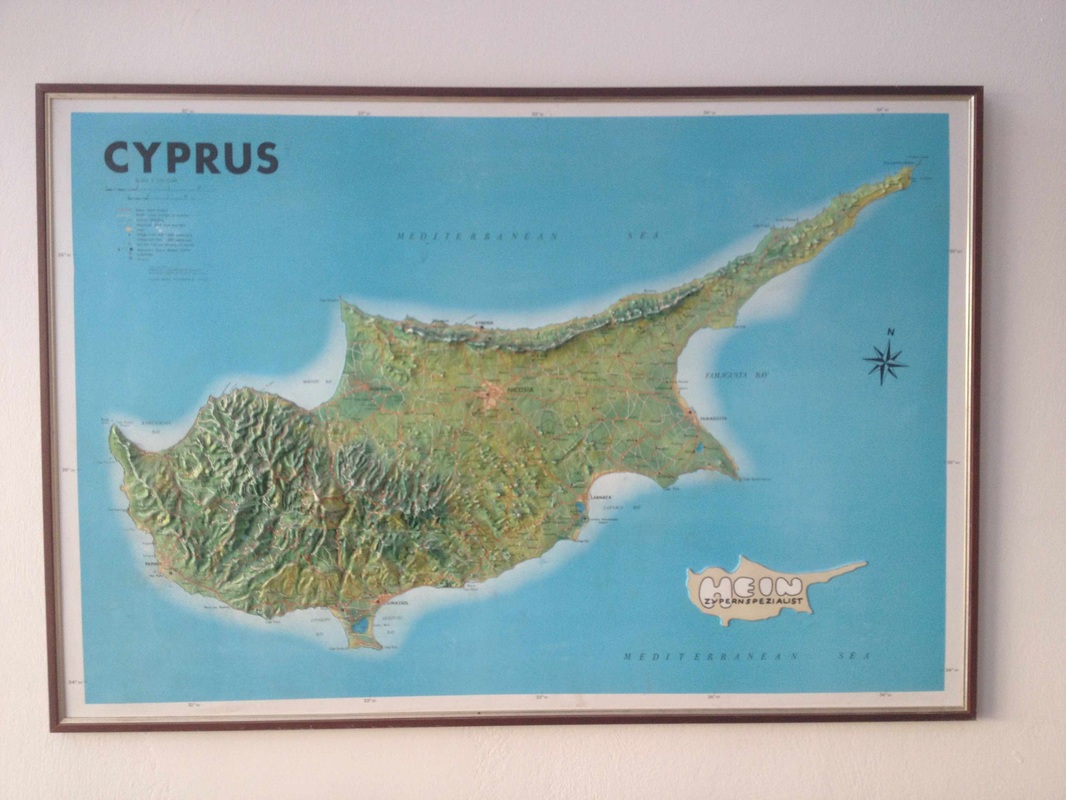
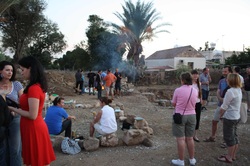
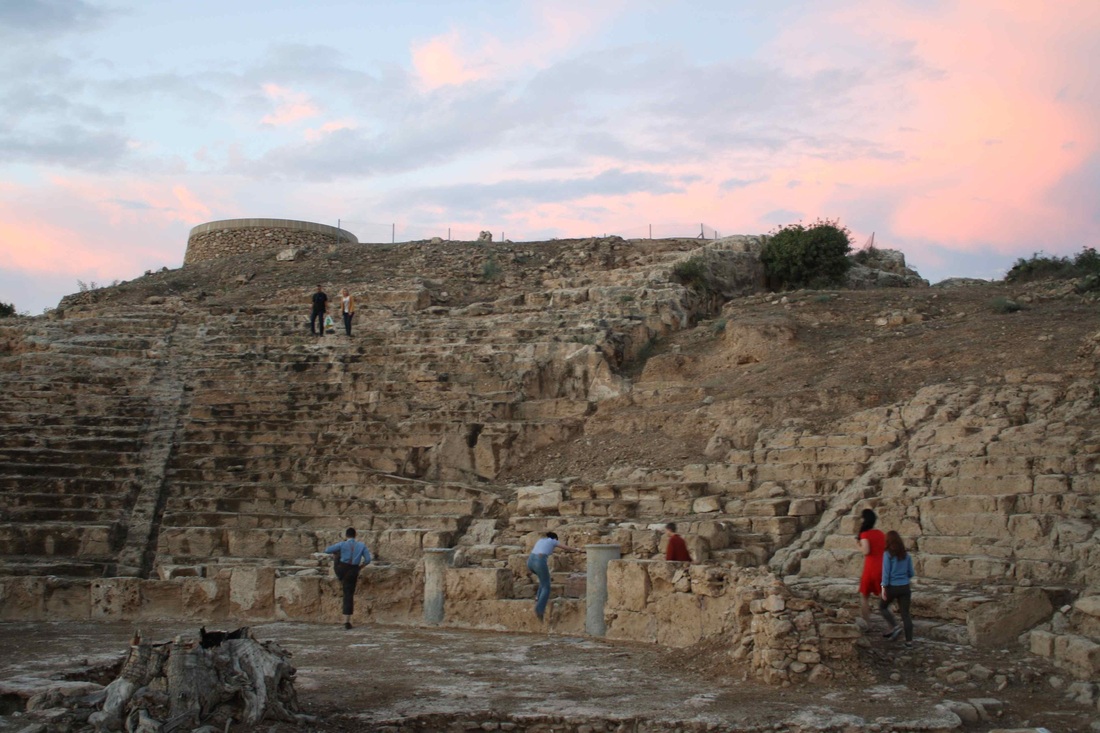
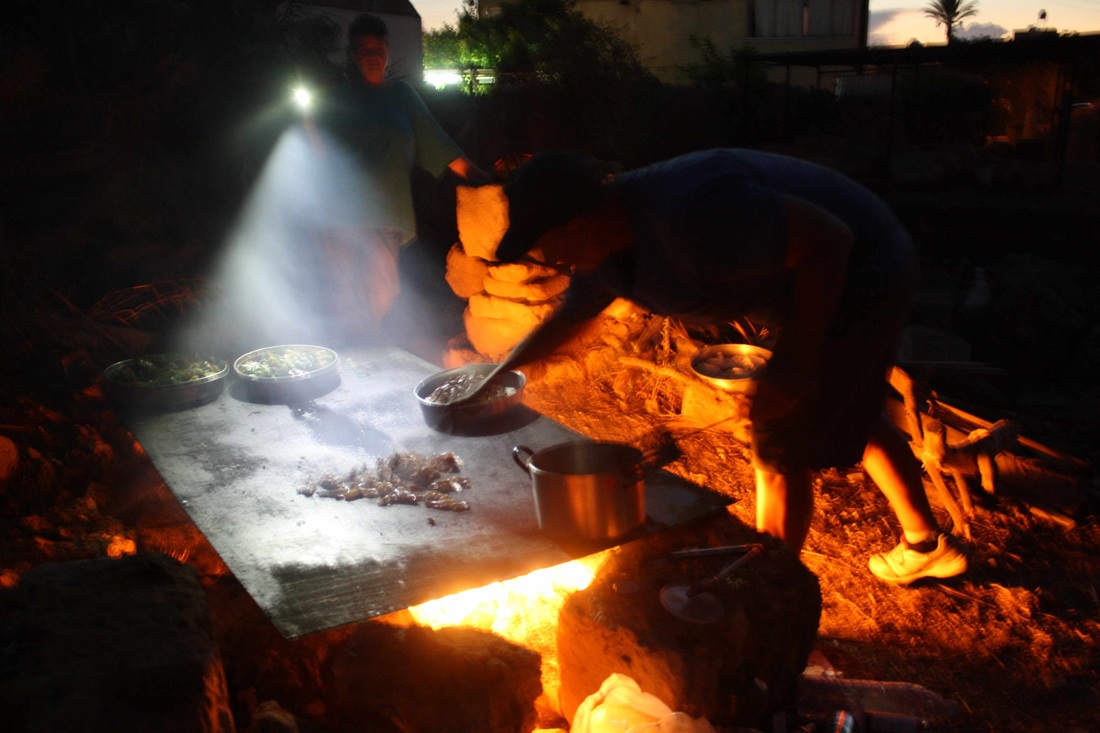
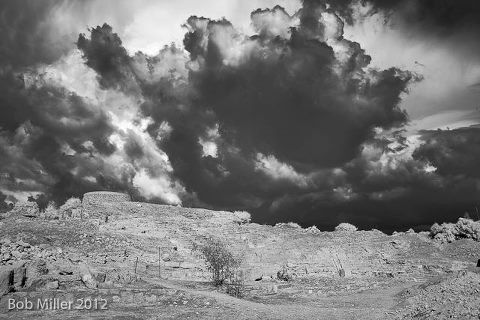
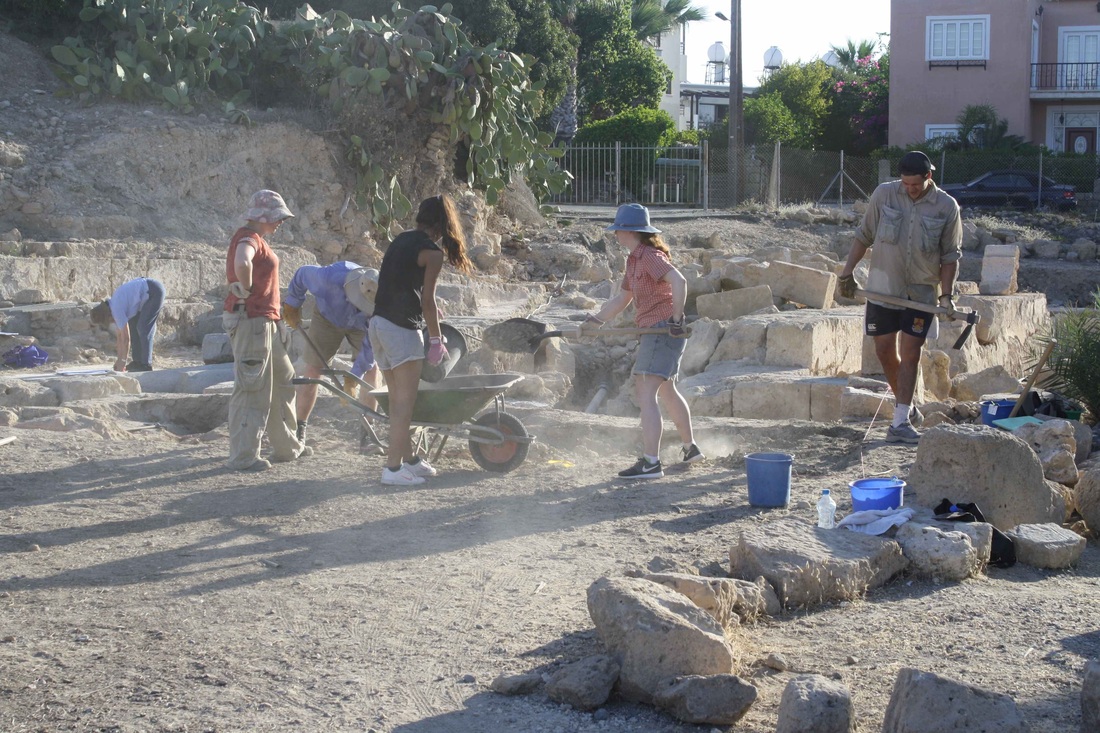
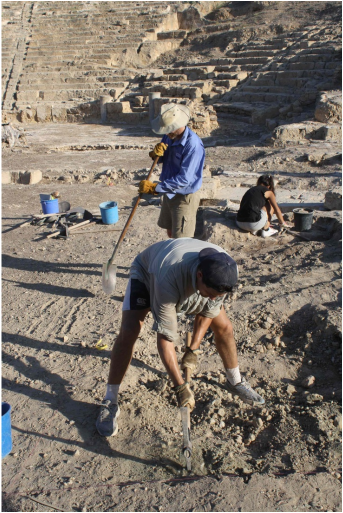
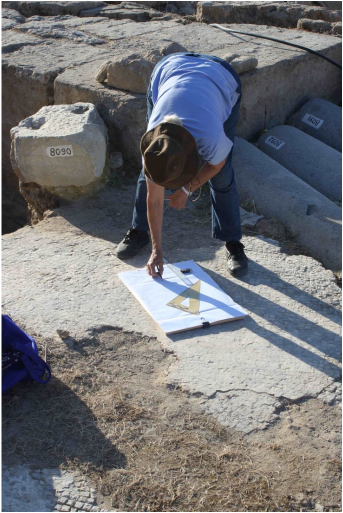
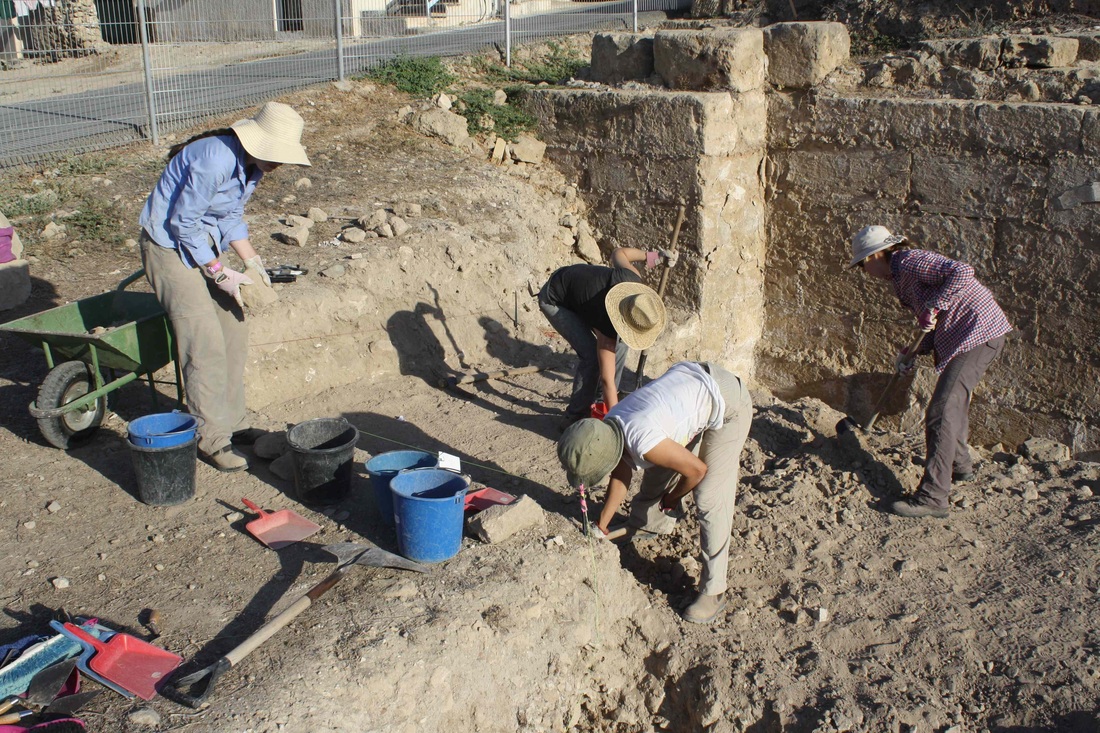
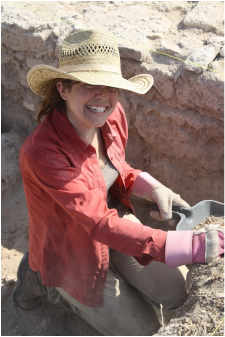
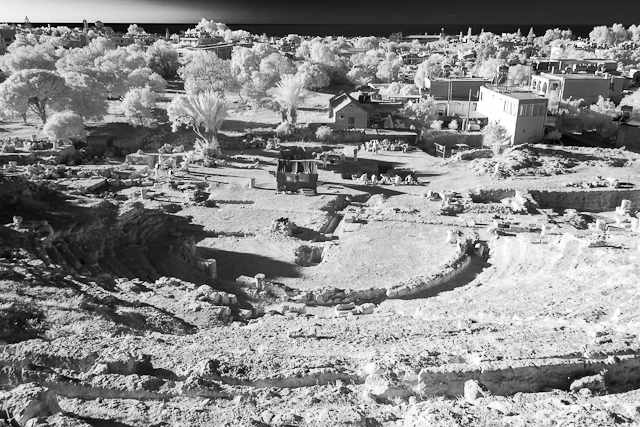
 RSS Feed
RSS Feed